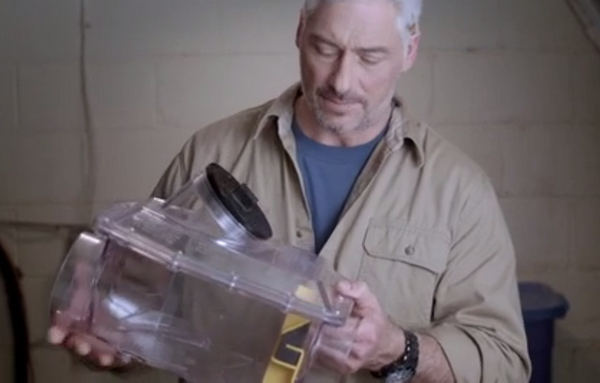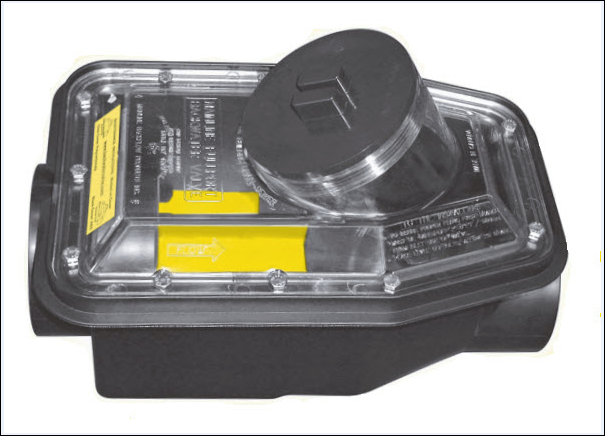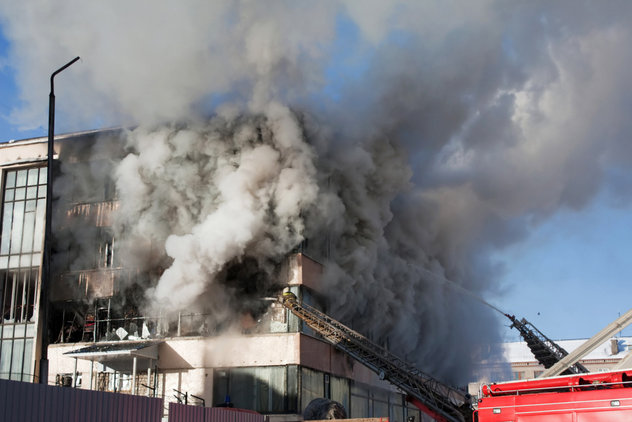
WHAT IS NO-FAULT INSURANCE?
At first blush, Ontario’s no-fault auto insurance system doesn’t live up to its name. The idea is not that no one is at-fault when you are involved in an accident, as the name suggests.
Rather, the system is designed so you deal directly with your insurance company for compensation—not the at-fault driver—when you are injured or your car is damaged.
The same concept applies to passengers in your car at the time of an accident. If they are injured, they seek compensation through their auto insurance policy, not yours. An exception to this rule is when your passengers do not have coverage. In that case, your insurance company may compensate them for their injuries.
Likewise, the driver of the other vehicle involved in the accident files a claim with his or her insurance company.
HOW DO NO-FAULT INSURANCE CLAIMS WORK?
Once you file a claim with your insurer, Ontario law requires them to assign a percentage of fault to each driver involved using the Fault Determination Rules. These rules were drafted in 1990 as regulations under the Insurance Act to help auto insurance companies process claims more quickly and cost-effectively. They are completely separate from any traffic charges the police might file against you under the Highway Traffic Act.
Based on these rules, your insurer may find that you are partially, fully, or not at-fault.
HOW EXACTLY IS FAULT DETERMINED?
Let’s say you are driving in icy conditions and are unable to stop your car in time. As a result, you hit the back of another vehicle. The police takes into account the weather condition and let you go without filing charges. To cover damages to your vehicle, you file a claim with your auto insurance and they apply the Fault Determination Rules, which state that a driver that rear-ends another car is automatically at-fault no matter what the road conditions may be (or whether they were charged by police).
The deductible you pay will be determined by the percentage of fault your insurance company assigns to you, and your premiums may increase on your next policy renewal if you are found to be partly or fully at-fault.
WHAT IF I DISAGREE WITH MY INSURER’S FAULT DETERMINATION?
If you disagree with the percentage of fault assigned to you, you may file a consumer complaint with your insurance company’s Ombudsman Liaison Officer. If the complaint is not resolved to your satisfaction, you can contact the Ontario Insurance Ombudsman or take the matter to court.
WHO IS AT-FAULT IS NOT ALWAYS SELF-EVIDENT
For example, you could be stopped behind another vehicle at a red light. The driver in front of you realizes he is interfering with the pedestrian crossing, backs up his vehicle a couple of feet ….. and forgets to switch gears back to ‘drive’. So, when the light turns green, he backs into your vehicle.
Unfortunately, the person may try to shift the blame and reports that YOU rear-ended his vehicle. In cases like this, it is crucial to gather as much information as possible at the scene of the accident, including videos, photos and witnesses.








